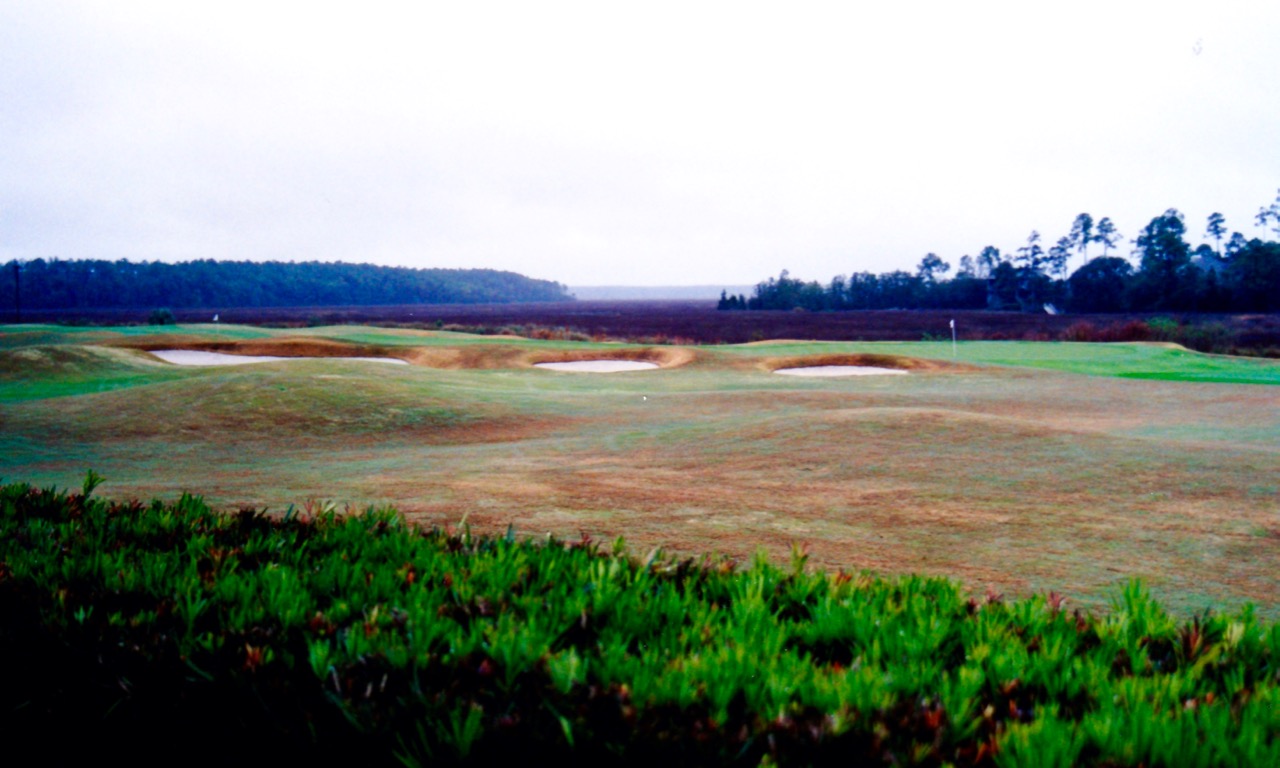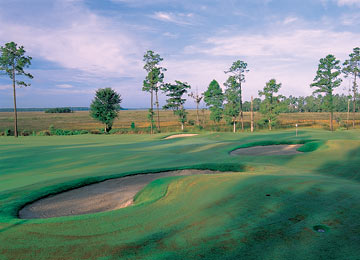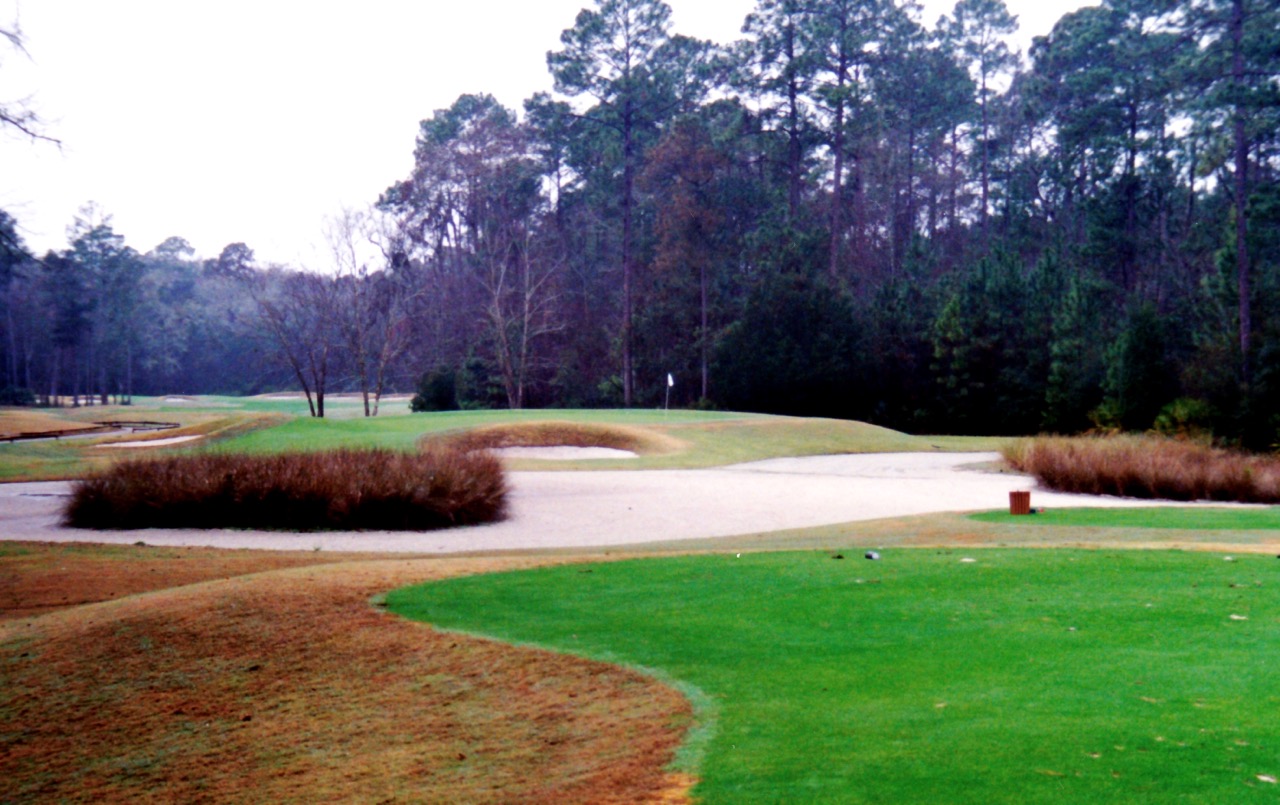Osprey Cove’s May-September Romance

Osprey Cove is like the age-old love story. You’ve heard the one — boy gets hot girl, boy loses hot girl, boy saunters quietly off into middle age.
As it applies to golf courses, it’s a tale we heard over and over again in the 1990’s and early 2000’s.
Recap: hot new golf destination/club receives waves of press and praise in response to major marketing campaign floated largely on juicy “signature hole” photography. It grabs a few magazine covers, garners some “best new” awards and is a mainstay in the glossy advert scene.
Soon the spotlight shifts and it’s supplanted by another “best new” with its own glossy ads and mouthwatering photography, and then another and then another, and in time the hot new course becomes just a “once was” in a saturated market.
Osprey Cove was the “it” property in Georgia for a period of time after it debuted, but it was really just another residential layout with a nonsensical routing and a few “wow” moments. Five holes border the expansive marshes surrounding the St. Marys River near the Florida border, and these are both scenic and fun. The rest of the course doesn’t have much going for it.

The opening holes are pretty terrible, starting with two straight-away par-4’s straddling either side of the driving range that should have, at the very least, been routed in reverse in order to eliminate the long walk (ride) to the 3rd. That hole is a clumsy par-5 with a wetland bisecting the fairway forcing most players to club down off the tee.
The course pings around the development with long gaps between the holes before emerging late on each nine into the open.
The par-5 18th, running into the 9th green from the opposite direction, is a good driving hole — if you want to give it a rip in two (it’s only 500 yards from the back tees) you’ve got to cut across the meat of the marsh and fit the drive into the narrowest part of the fairway. But the double green and tiered putting surfaces read too much 1990’s and the shallow, flat-bottomed “pot” bunkers, also very ’90’s, don’t pose enough of a threat to really impact either your thoughts or the outcome of your shots. (84)
St. Mary’s/Jacksonville
Architect: Mark McCumber
Year: 1990
